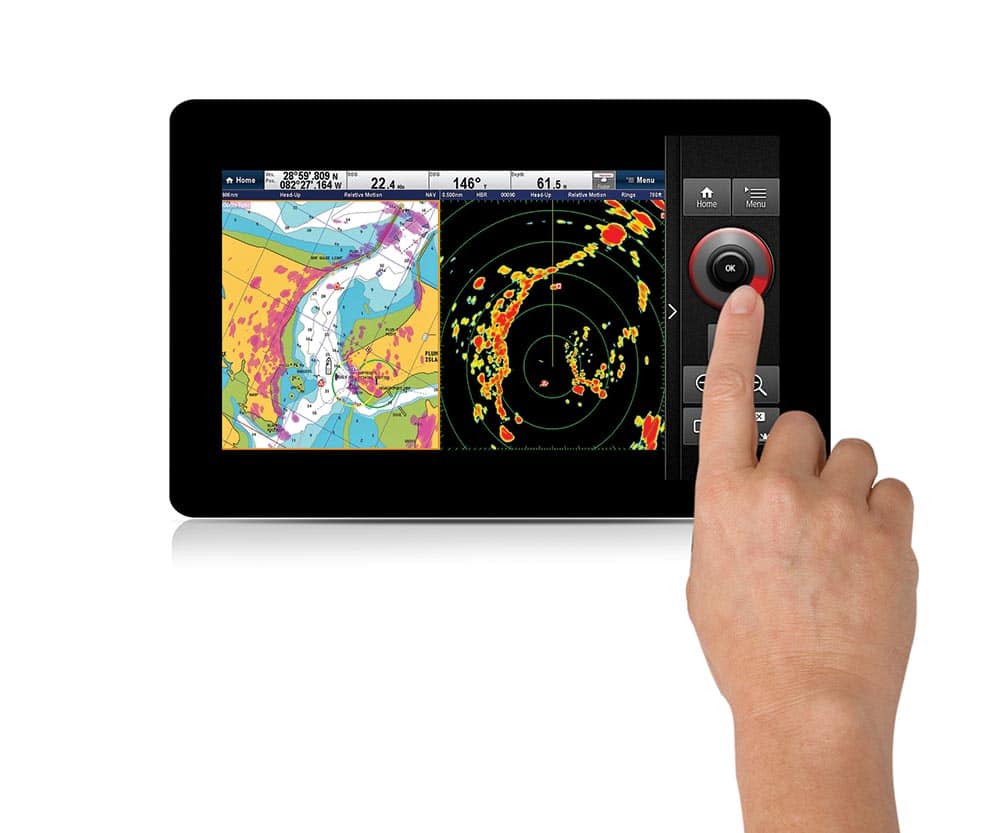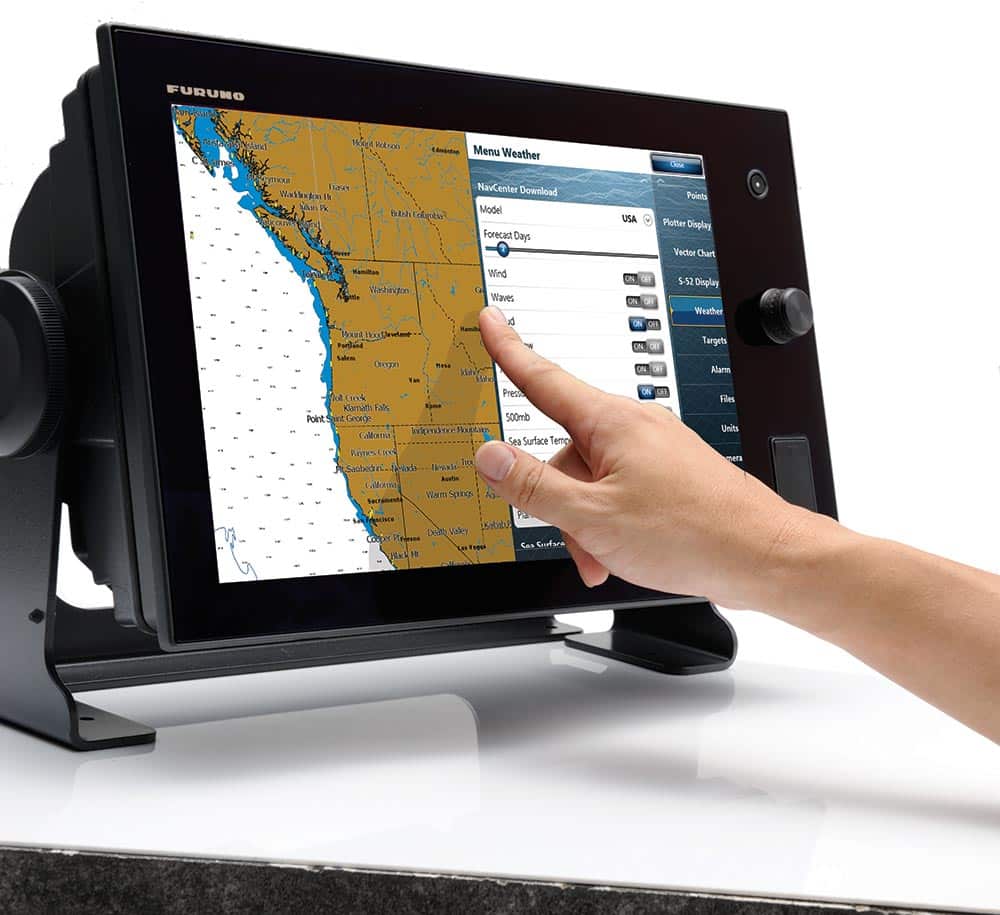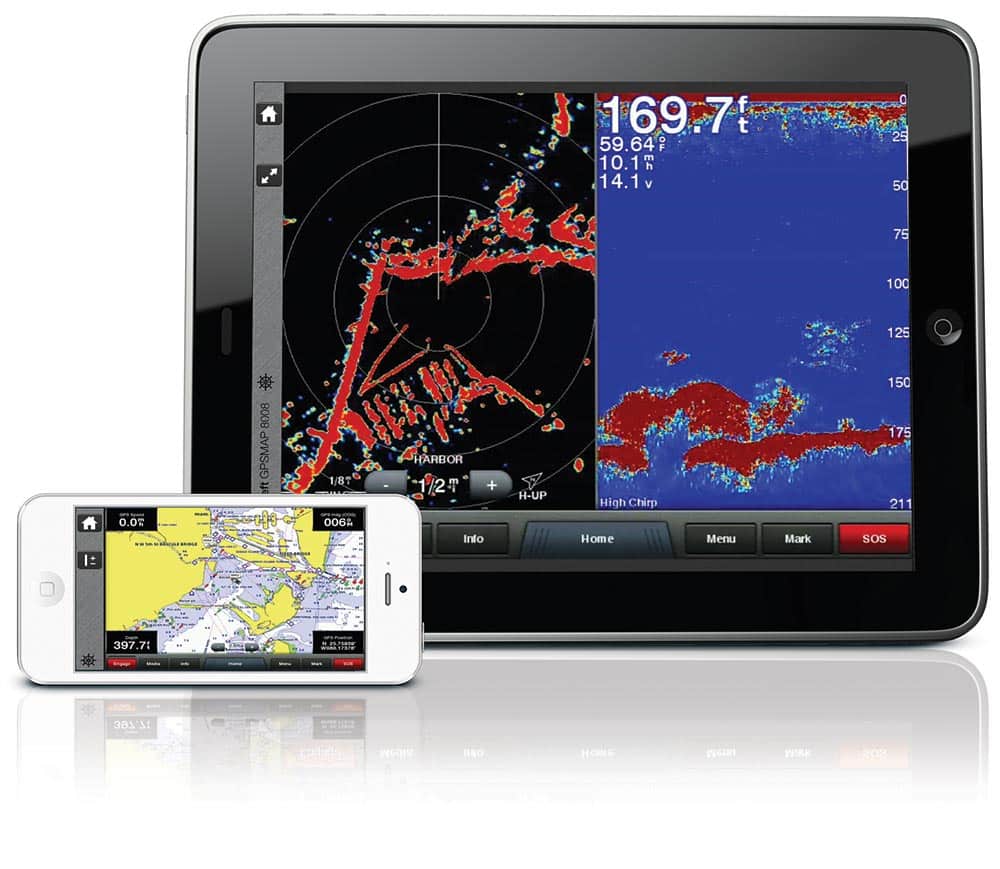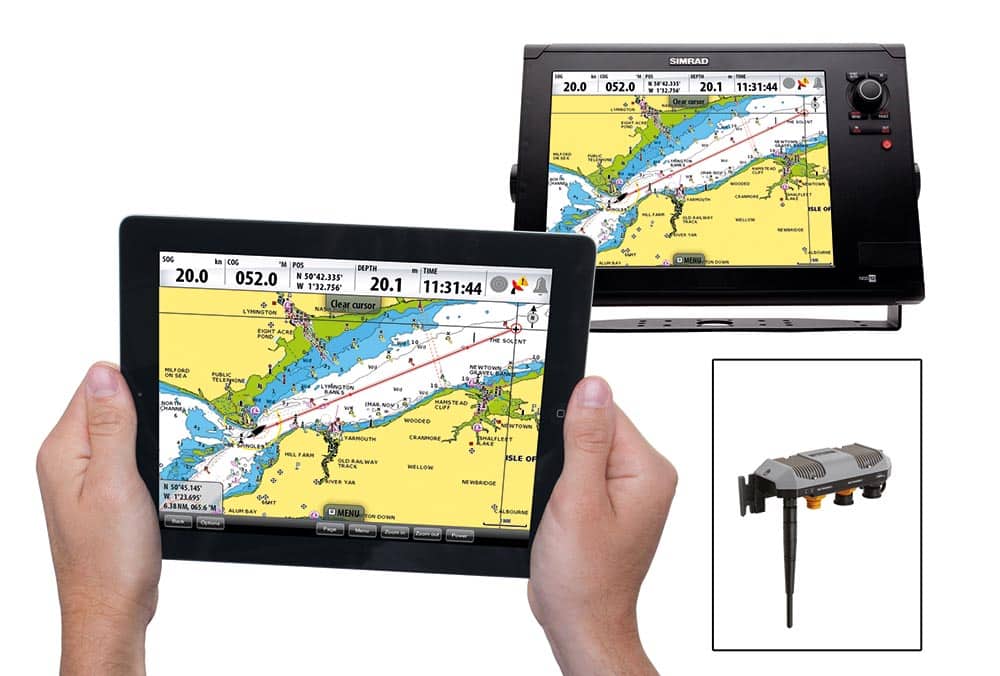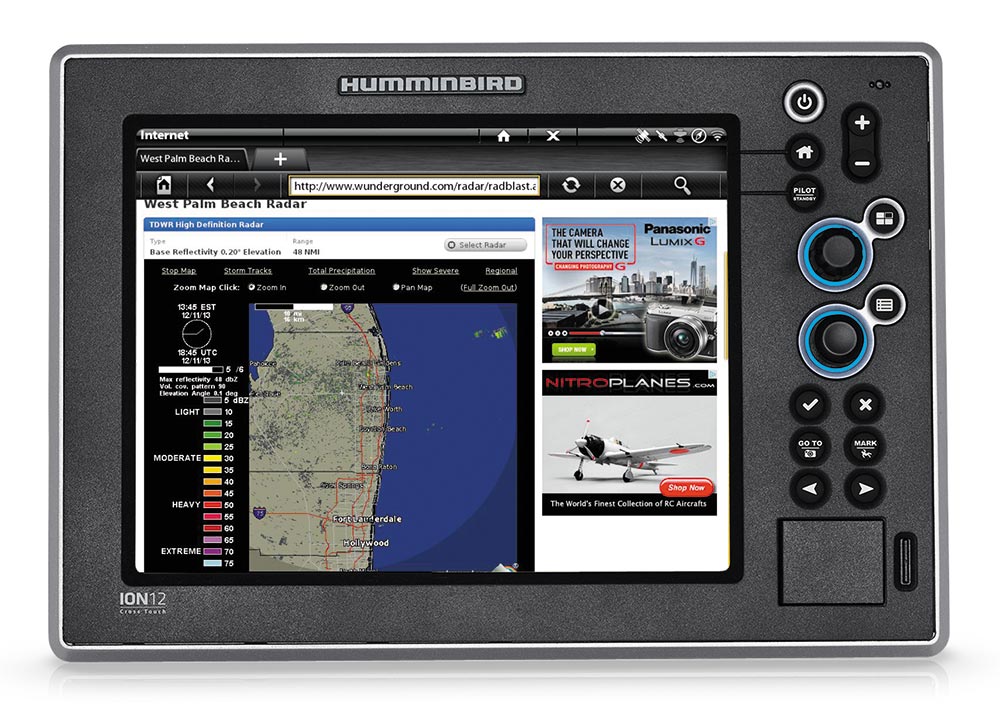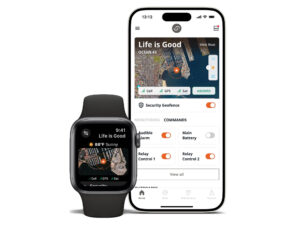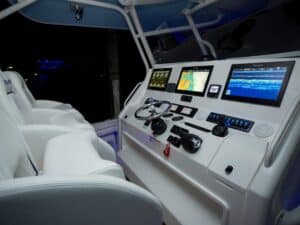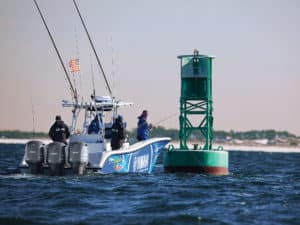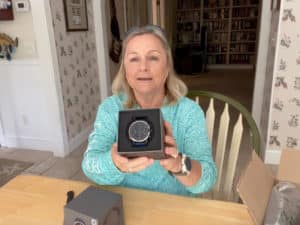Anglers hear the terms Bluetooth and Wi-Fi swirling through ads for everything from toys and consumer gadgets to marine electronics. Many of us use these technologies without really understanding them and the differences between what’s available on land versus water.
OK, just the facts:
* Bluetooth is a low-power, device-to-device wireless system with limited range (30 to 40 feet), explains Jim McGowan, Raymarine‘s marketing manager. Examples: an iPhone synced to an onboard stereo or a basic remote control.
* Wi-Fi can be device to device, but it also allows for networking multiple devices in a local- or wide‑area network (LAN or WAN). A LAN includes most of what you’d do aboard a boat, such as using an iPad app to remotely control a multifunction display. A WAN incorporates Internet access.
Both technologies transmit using radio waves at the 2.4 GHz frequency (as does the -cordless phone in your house). The main difference between the two: bandwidth. Bandwidth is a measure of how many bits of data per second can be streamed through a connection or network, McGowan says. The lower-power Bluetooth can send only 800,000 bits per second; Wi-Fi can send more than 11 million bits in that same time. Wi-Fi’s typical range is about 300 to 400 feet, though the signal can be boosted with sensitive, directional antennas.
Bluetooth Devices
To enable either Bluetooth or Wi-Fi, -manufacturers either embed a small chip into the devices or they use some kind of transceiver like a router. Raymarine — which introduced the first multifunction display (e7D) with Bluetooth and Wi-Fi in 2011 — uses Bluetooth for several simple functions.
When you connect your Bluetooth-enabled MP3 player to your onboard stereo using an accessory cable, you can then sync the MP3 player to your Raymarine multifunction display. That gives the MFD basic control over the device, primarily just for play, skip or rewind commands.
Raymarine also uses Bluetooth with its RCU-3 accessory, which is a three-button remote control that mounts to the boat’s wheel or can be worn on a lanyard. The device lets you perform basic, frequently used functions on your MFD such as range in/out, accessing the home screen or dropping a waypoint (similar to the way drivers use their steering-wheel buttons to control the stereo).
Simrad uses Bluetooth in its WR20 wireless autopilot controller; its base station connects by cable to a boat’s NMEA 2000 network. The wireless handset also allows you to view data from your plotter, sounder, radar and instruments.
Garmin uses its own alternative technology called ANT. Although ANT is more commonly found in the company’s fitness products, Garmin’s new quatix watch uses ANT to pair with an onboard Garmin autopilot for remote control.
Garmin uses Bluetooth in the new Meteor 300 black-box audio system. Users can stream music from their phone or other enabled device to Meteor and control play from a Garmin chart plotter.
Wi-Fi Online
While Bluetooth opens some key connections, Wi-Fi has much more to offer. Wi-Fi, in this sense, does not automatically mean Internet connectivity.
Most marine-electronics manufacturers use Wi-Fi — the basic technology — in or with their multifunction displays. Using Wi-Fi to connect to the Internet onboard is in its infancy. Only Furuno and Humminbird currently offer MFDs that connect to a Wi-Fi hub in a marina or a Wi-Fi cellphone hot spot to offer actual browsing.
That said, both companies explained that the browsing experience can be minimal or slow. Furuno’s TZtouch units have a built-in browser that connects to the company’s MaxSea website, Furuno’s software-update site and its Navcenter.com Weather Center. “We intentionally limit it for security reasons,” says Eric Kunz, Furuno’s senior project manager. “We can add other URLs in the future.”
Humminbird’s new ION units — unveiled in late October — allow more-open surfing, using a Humminbird-designed browser, but it’s not speedy. “I can’t stream a video or anything like that,” says Bill Carson, Humminbird field marketing manager.
Beyond that, virtually all of the major manufacturers use Wi-Fi to link MFDs to smartphones and tablets that can then act as screen repeaters or actual controllers. Users download an app to their hand-held device that lets them link wirelessly to either the MFD itself (Raymarine and Furuno) or to a router that is hard-wired to the MFD (Simrad, Lowrance and Garmin).
Remote Control
Simrad’s brand-new NSO evo2 black‑box processor comes with two video outputs; one can be connected to the company’s GoFree WIFI-1 module via Ethernet cable, and then linked wirelessly to an iPad (loaded with the accompanying app) for a completely separate and remote second station. The company has been open with its data to allow third-party software-app developers to create unique functionality, says Robert Langford-Wood, a product manager for Navico (parent to Simrad/Lowrance) in the United Kingdom.
“We had an app at the METS show (marine equipment trade event) that takes the iPad’s camera, and uses navigation data to overlay waypoints, buoys and other AIS data onto the camera view so you get augmented reality.” (Visit pocketmariner.com/seanav.)
Furuno plans to soon adapt Wi-Fi to a radar dome so an angler could control its functions with an app and tablet. “It might have some crowdsourcing application: Maybe it could go into a marina, where anyone within Wi-Fi range could tie into it (with the app and a tablet) and better navigate in or out of the area,” Kunz says.
The future of Wi-Fi and even Bluetooth remains expansive. “We have so many cool things in the pipeline,” says McGowan. “You can imagine that the power of onboard Wi-Fi is going to clip the wires to all sorts of devices that you never thought could be wireless.”
